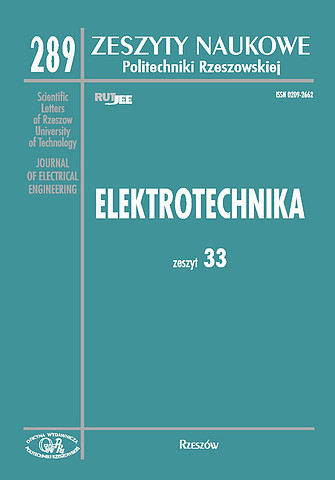Abstract
The paper presents a brief history of the genesis and description of the basic actions of the local registration system for lightning detection and location (LLDN) which has been installed in the Warsaw region during summer of 2009. The spatial configuration of the system was based on six measurement stations located in different places in Warsaw, and the maximum distance between two stations was 12.5 km. The used electric field antennas were calibrated twice: first time in the laboratory conditions and second time in the field conditions using the “Warsaw I” 225 kHz radio signal broadcast. In the following two sections of paper we have presented the main results of electric charge structure analysis of 17 events of multiple cloud-to-ground (CG) lighting flashes recorded simultaneously by all the LLDN six stations. The exemplary overlapping of 3D locations of the particular return stroke sources for two chosen multiple CG flashes on thundercloud radar scans (i.e., CAPPI, EHT and VCUT) from relevant time intervals are also shown. Presented lightning statistics covered both of the negative RS incidents, and negative and positive CC ones. These strokes are representing the particular components of multiple lightning flashes recorded in Warsaw area. On the basis of obtained data some conclusions on the time and space development of the considered lightning flashes were drawn. In the final remarks we have pointed out some applications of the measurement abilities of the LLDN system for future investigations of the important lightning flash parameters which can improve our knowledge about multiple CG flash initiation inside a thundercloud.
References
[2] Debski, W., 2004. Application of Monte Carlo Techniques for Solving Selected Seismological Inverse Problems. Publications of the Institute of Geophysics Polish Academy of Sciences, B-34(367), Warszawa.
[3] Krehbiel P.R., M. Brook, R.A. McCrory: „An Analysis of the Charge Structure of Lightning Discharges to Ground”, Journal of Geophysical Research, 1979, Vol.84, No C5, pp. 2432-2456.
[4] Jacoby, S.L.S., Kowalik, J.S., Pizzo J.T., 1972. Iterative Methods for Nonlinear Optimization Problems. Englewood Cliffs, Prentice-Hall, New Jork.
[5] Sen, M., Stoffa, P.L., 1995. Global optimization methods in Geophysical Inversion. Advanced in Exploration Geophysics, vol. 4, Elsevier, Amsterdam.
[6] Williams, E.R., 1989. The tripole structure of thunderstorms. J. Geophys. Res., 94, 13151-13167





